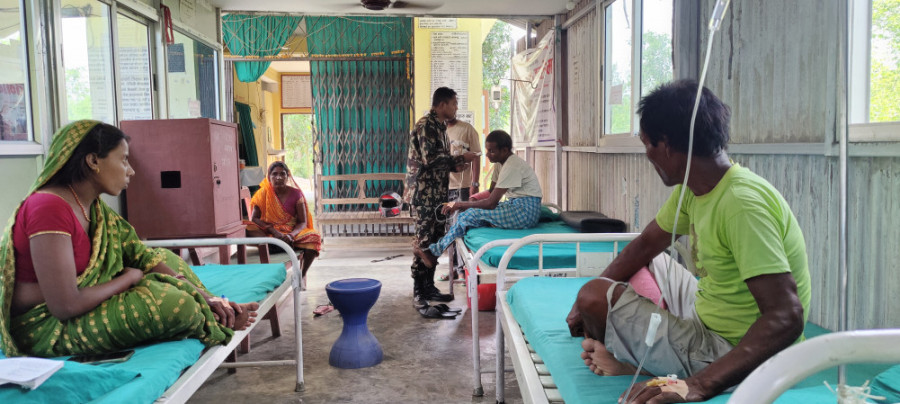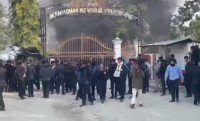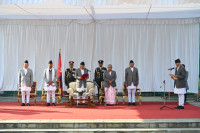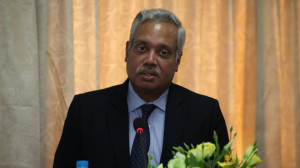National
Snakebite cases surge in Mahottari as temperatures rise
Treatment centre in Bardibas sees sharp increase in patients; calls grow for awareness and expanded care facilities.
Sunita Baral
The number of snakebite cases has surged in the Mahottari district with the onset of intense summer heat, health officials said. The Snakebite Treatment Centre in Bardibas has reported a notable rise in patient inflow since mid-April.
According to Bhola Chaudhary, chief of the treatment team at the centre, only 13 patients were treated between mid-March and mid-April. However, the number rose sharply to 47 cases between mid-April and May 13.
“Due to the increasing ground temperature, snakes are emerging from underground shelters, leading to more incidents,” Chaudhary said. While the centre currently has nine beds allocated for snakebite patients, staff are facing challenges in managing the growing patient load.
A five-member medical team from Gorakhnath Battalion, Jaleshwar, is providing round-the-clock care. Patients not only come from Mahottari but also from neighbouring districts, including Dhanusha, Sarlahi, Rautahat, Sindhuli, and Ramechhap.
For critically ill patients, the centre has arranged for ventilator support at private hospitals in Bardibas, officials said.
Chakrabahadur Thokar, another technician at the facility, stressed that a lack of public awareness continues to worsen the situation. “Many patients arrive late after applying turmeric, tying tourniquets, or seeking help from shamans,” he said. “Some even burn or cut the bite site.”
Krisna Prasad Devkota, chair of the centre’s management committee, said efforts are underway to upgrade the facility into a fully equipped treatment centre with ventilator support.
Health experts warn that climate change and rising temperatures are expanding the habitat range of venomous snakes in Nepal. Snakebite incidents, once rare in certain regions, are now increasingly reported across both the Tarai and hill districts.
As the country faces a growing number of snakebite cases annually, many of which go unreported, public health authorities are calling for increased awareness and expanded medical services to address the threat.




 19.12°C Kathmandu
19.12°C Kathmandu















